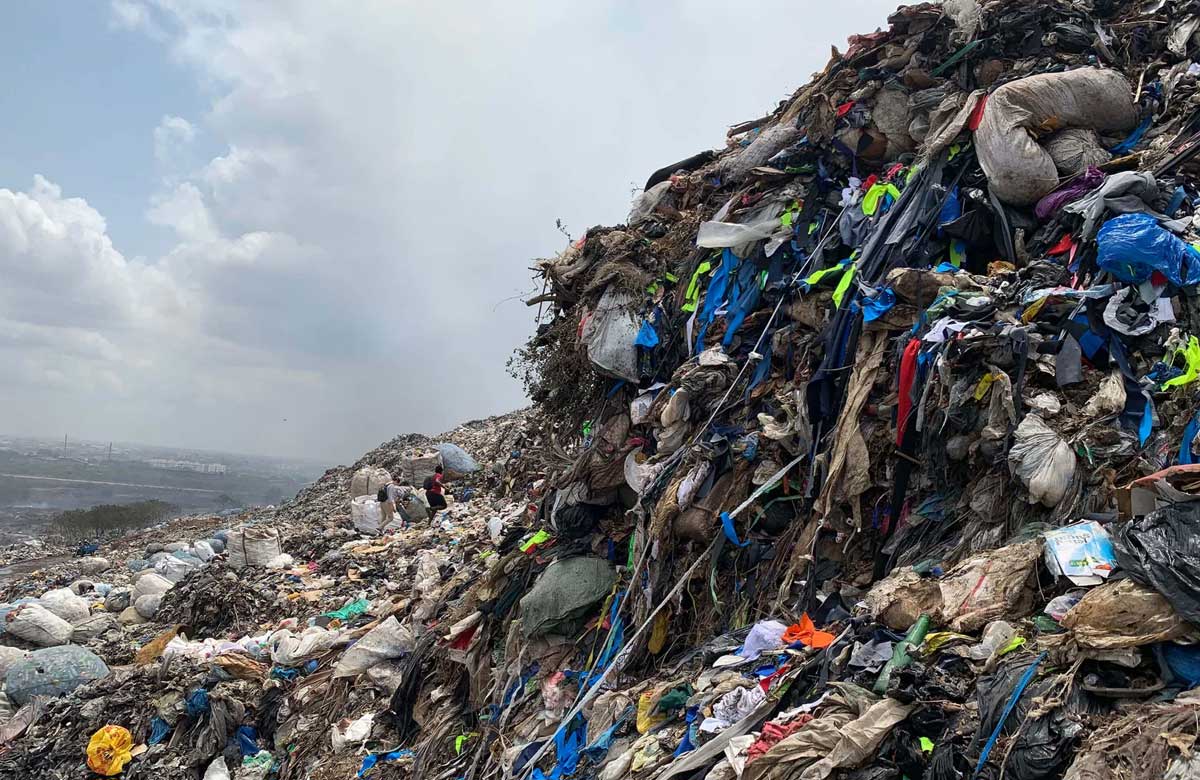
A Reality Check on Waste Generated by Textile Industry
Did you know that making a pair of jeans consumes around 1,800 gallons of water, or that making a T-shirt requires 700 gallons of water? Did you know that the textile industry utilizes over 8,000 chemicals to produce the 400 billion m2 of cloth produced globally each year?
The fashion business has a terrible environmental impact. In reality, it is the world's second greatest polluter, after only the oil sector. And as the industry expands, so does the environmental impact. The textile industry's pollution has a significant influence on the environment, and the reasons are simple. Garments are arguably the most frequent goods that people buy in today's society, and the average quantity of clothes purchased by an individual each year has grown dramatically in recent years. Because of the magnitude of the textile industry's influence on the environment, the consequences can be severe and long-lasting.
Chemicals are a major component of our clothing. They are utilized in the manufacture of fibers, dyeing, bleaching, and wet processing of all of our clothing. The industry's extensive use of chemicals is causing illnesses and early mortality among employees, as well as enormous freshwater and ocean water contamination and land deterioration. Some of these chemicals are also hazardous to the consumer's health.
The textile sector is primarily responsible for water pollution, air pollution, and solid waste pollution.
Water Pollution
Every day, the textile industry consumes millions of gallons of water. This is because washing the fiber, bleaching, dyeing, and cleaning the completed product generally use 200 liters of water to make 1 kilogram of cloth. According to “The Guardian,” the water needed to grow cotton in the nation would meet 85 percent of the daily water demands of the whole population of India. All of this is happening while 100 million people in India lack access to safe drinking water.
The issue is not so much excessive consumption as it is the fact that wastewaters are frequently not treated to eliminate contaminants before being disposed of in the environment. Untreated hazardous wastewater from textile manufacturers is discharged straight into rivers in the majority of cloth countries. The pollution also makes its way to the sea, where it finally spreads throughout the world.
Aside from this, every time we wash an article of synthetic clothing (polyester, nylon, etc.), about 1,900 individual microfibers are discharged into the water, eventually ending up in our seas. Small aquatic creatures absorb such microfibers, according to scientists. These are subsequently consumed by small fish, who are eventually consumed by larger fish, bringing plastic into our food chain.
Air Pollution
The apparel industry is responsible for 10% of worldwide carbon emissions. Because of the energy needed in the production, manufacturing, and transportation of the millions of clothes purchased each year, the global fashion sector emits a significant amount of greenhouse gases.
The majority of our clothing is made in China, Bangladesh, or India, all of which rely heavily on coal. In terms of carbon emissions, this is the dirtiest kind of energy.
The textile industry emits air pollutants such as nitrous oxides and sulphur dioxide during the energy production stages, volatile organic components (VOCs) during the coating, curing, drying, wastewater treatment, and chemical storage stages, and aniline vapours, carrier hydrogen sulphide, chlorine, and chlorine dioxide during the dyeing and bleaching stages.
Solid Waste Pollution
The textile sector also generates a significant amount of solid waste. Every year, over 90 million articles of clothing end discarded in landfills throughout the world.
Fiber lint, fiber scraps, trimmings, and packaging trash produced in fiber preparation, Wasted and retained sludge in wastewater treatment, and flock, chemical, and dye containers used in dyeing and finishing of woven fabrics are some of the pollutants that end up in landfills.
Aside from the problems mentioned above, the fashion industry contributes significantly to soil degradation in a variety of ways, including overgrazing of pastures by cashmere goats and sheep raised for their wool, soil degradation due to the massive use of chemicals to grow cotton, and deforestation caused by wood-based fibers such as rayon.
One of the most serious environmental challenges confronting our world today is widespread global soil deterioration. It is a significant threat to world food security and contributes to global warming.
Thousands of hectares of endangered and ancient forests are chopped down each year and replaced with plantations of trees needed to produce wood-based textiles like rayon, viscose, and modal. The destruction of forests endangers the environment and indigenous populations.
The many types of pollutants discharged into the environment by the textile industry are increasingly hazardous, both to the earth and to humans. A new approach to the manufacturing, consumption and disposal of clothing is now unavoidable. The current scenario necessitates tougher environmental regulations for factories. As customers, let us purchase organic and natural fibers that do not need the use of chemicals in their production. Buy less, but of higher quality, repair your items, and recycle. Choose organic fibers and companies that are environmentally friendly.